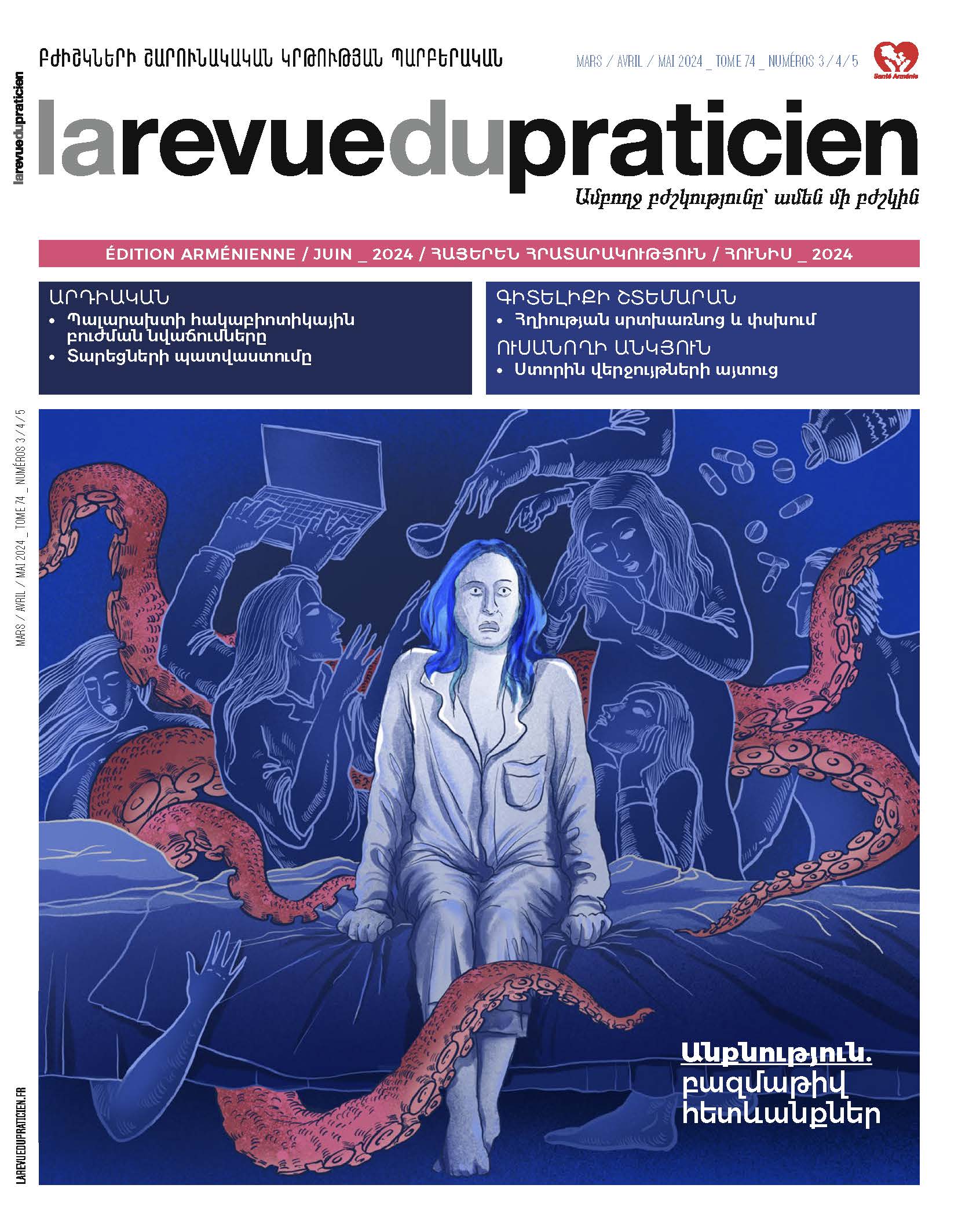Insomnie et horloge biologique 34
Damien Léger, Alexandre Rouen, Marie-Françoise Vecchierini, Victor Pitron.Résumé
De multiples rythmes physiologiques et biologiques dits « circadiens » sont influencés par l’horloge biologique qui les contrôle au sein des noyaux suprachiasmatiques de l’hypothalamus. Mais le rythme circadien le plus emblématique est celui du sommeil et de l’éveil. Il est donc indispensable de vérifier comment l’horloge biologique peut être impliquée dans une insomnie chronique : quelle est son influence sur les horaires et la qualité du sommeil ? Quels sont les troubles caractéristiques de l’horloge biologique expliquant l’insomnie des adolescents, des travailleurs postés et de nuit, des personnes âgées et des non-voyants ? Quels outils conseiller en médecine générale et spécialisée pour évaluer l’horloge biologique face à une insomnie ? Quelle influence, enfin, de la lumière sur l’horloge biologique et quels conseils donner vis-à-vis de la lumière ? Autant de questions et d’éléments de compréhension sur l’insomnie chronique éclaircis.
